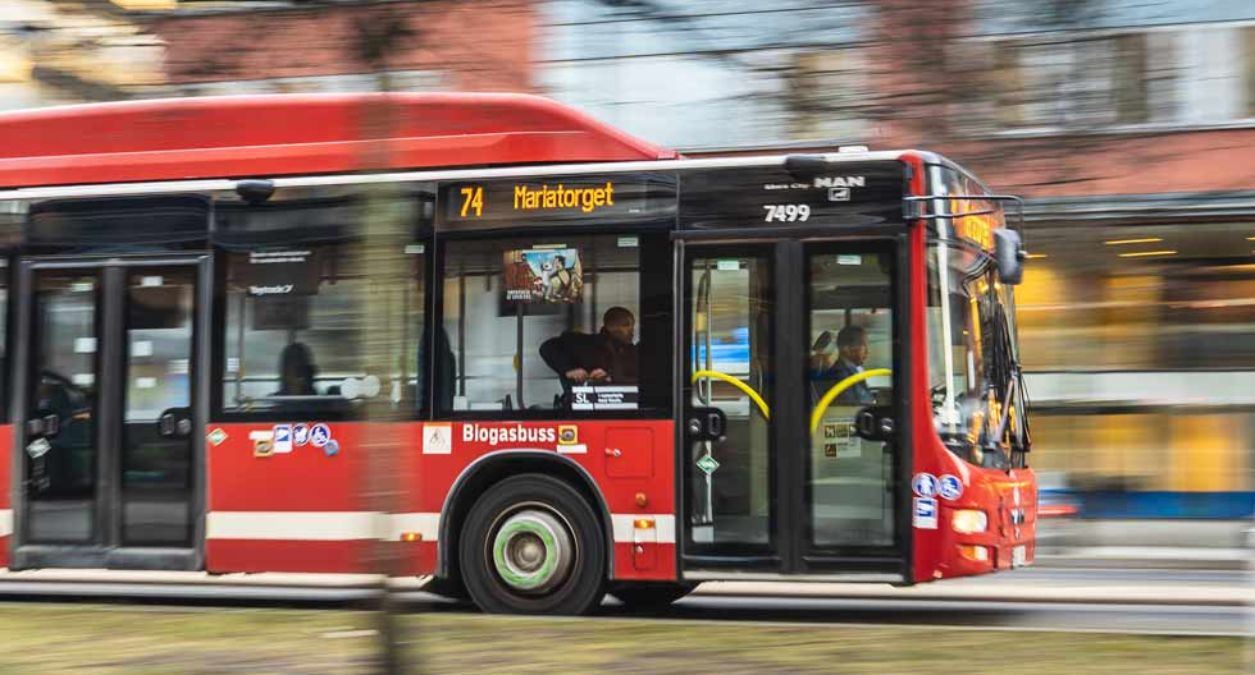Public Transport Trends in the Nordics & Baltics
The digitalization of society is creating new possibilities for operators and new expectations from passengers. At the same time, the ability for large multinational companies to upscale their business is changing the competitive landscape. All of this is happening in a context of increased focus on sustainability.
This is an extract from: Digitalization of Public Transport in the Nordics & Baltics. You can download the full report here. Figure 1: Public transport trends and the industry goals they impact most upon
Figure 1: Public transport trends and the industry goals they impact most upon
1. NEW TRAVEL MODES FOR THE FIRST AND LAST MILE
The first and last mile of the public transport journey have long been recognized as crucial challenges to overcome. New modes of transport, from ride-sharing to e-scooters, give people flexible new options through a smartphone app. These include digital-first disruptors like Lime, Voi, and Tier that have revolutionized short-distance urban transport in many cities. These services offer both a complement and a competitor to public transport services. Better understanding of their impact and how they can complement public transport over the full passenger journey is needed in order to increase ridership.
2. MOBILITY AS A SERVICE
Digital-first services, such as those mentioned above, are raising passenger expectations of a customized and flexible travel experience that can be easily managed via an app. These expectations are also growing to include multiple modes of transport from a consolidated application. Services such as Whim in Helsinki, offering Mobility-as-a-Ser- vice (MaaS), allow passengers to access buses, trains, bikes, taxis and rental cars from the same subscription. Early results indicate that Whim addresses ridership pain points. However, it is unclear how the MaaS model will work long term.
3. PRESSURE ON PROFIT MARGINS
Local tender evaluation models increasingly emphasize cost, which puts pressure on already low operator profit margins. This is compounded by an increasing number of multinational PTOs who have entered local Nordic and Baltic markets in the past few years. Their scale enables them to achieve economies-of-scale that force local PTOs to price-match. The combination of these factors increases pressure on local PTOs’ ability to bid and operate profitably.
4. SUSTAINABILITY FOCUS
Focus here is on both public transport’s potential to reduce the number of cars on the roads and the industry’s own environmental footprint. Innovations that increase sustainability at vehicle, fleet or operational level are important in both reducing emissions and securing the financial support accorded to public transport as an enabler of sustainability.
Read more about the trends, goals and pain points of the public transport industry in our report: Digitalization of Public Transport in the Nordics & Baltics
Cookie notification
Cookies allow us to optimize your use of our website. We also use third-parties cookies for advertising and analytics. Please read our Cookie Policy for more information.

